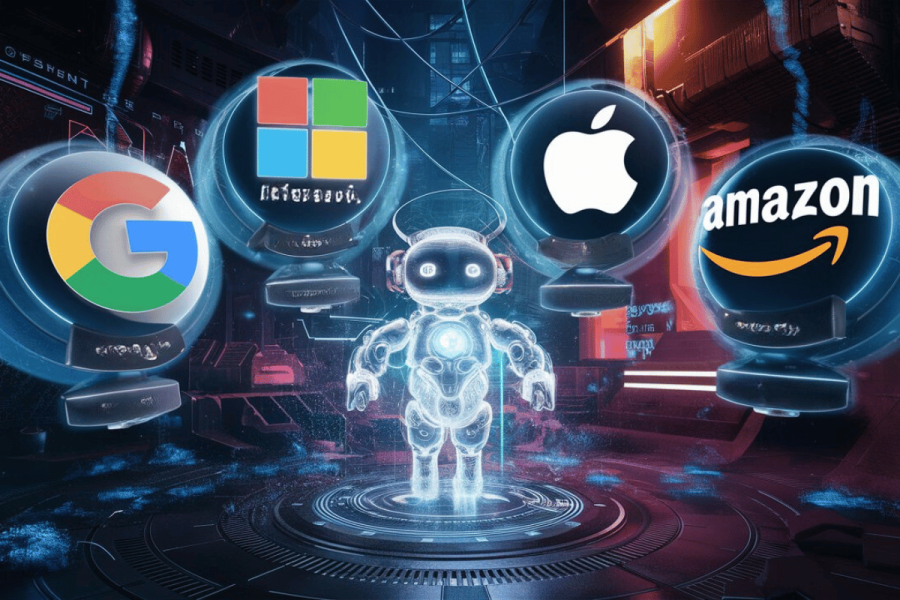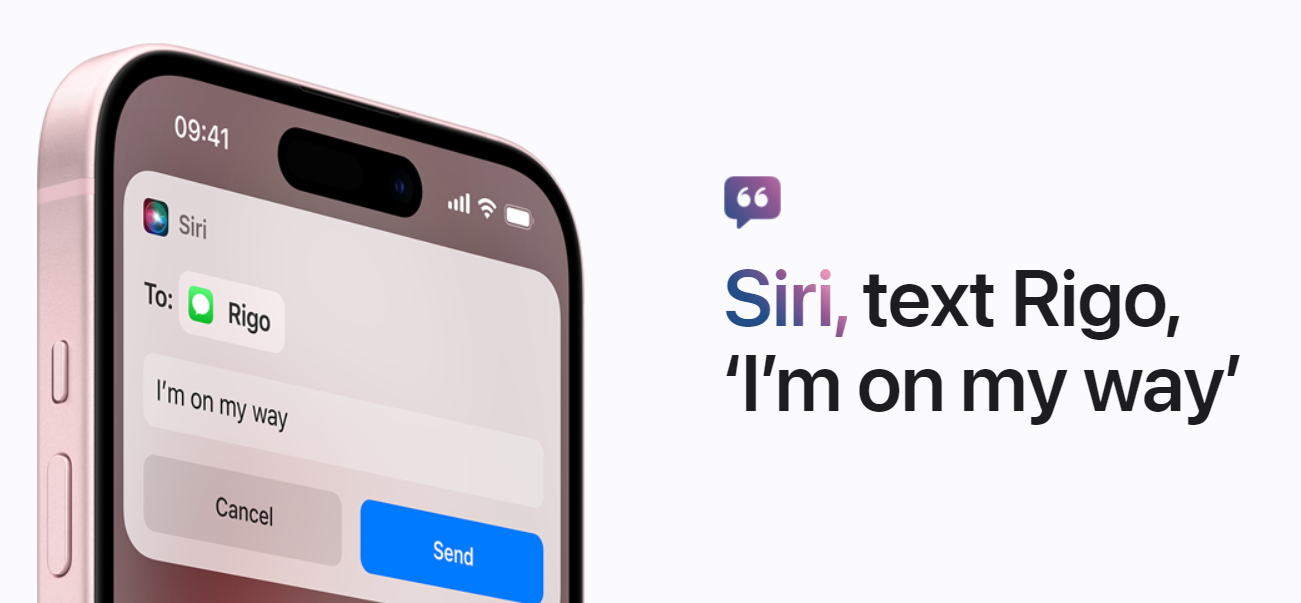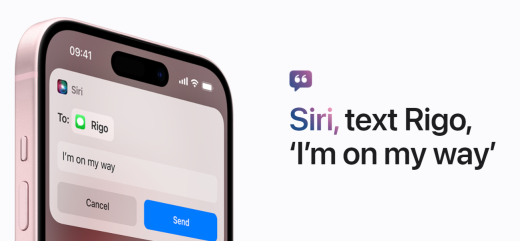The four best all-purpose AI virtual assistants
The four best all-purpose AI virtual assistants

You and everyone you know in a fast-paced world and felt that they’ve needed help. Today, artificial intelligence apps are there helping in all sorts of ways including functioning as virtual AI assistants. Certain apps can help people manage their time more effectively, reduce stress, and focus on what matters most.
What is an AI virtual assistant?
An AI virtual assistant essentially uses a large language model (LLM) to perform tasks or services for people based on commands or questions. These assistants leverage natural language processing and machine learning to understand and respond to user requests.
Some common tasks performed by these AI virtual assistants include setting reminders, playing music, providing weather forecasts, answering questions, managing emails or calendars, and more. They can even tell jokes if you’re in that kind of mood.
They are designed to make communication with devices and services in a way that copies human interaction, making technology more accessible and efficient.
Some people have even asked their virtual assistants to help them propose marriage by setting the mood with romantic music or a poetic proposal speech, although it might lack the personal touch!
What are the best AI virtual assistants?
Recent developments in AI have led to the development of specialized AI assistant apps that cater to more specific needs such as scheduling, workflow automation, and note-taking. We focus on a number of general purpose apps in our list.
Google Assistant
Google Assistant has been a staple for many years, even before it included AI, and it’s always been free (so far). Nowadays, it is powered by its vast knowledge base and deep integration of its search engine. Google will answer any question asked, just as if you’re using it on a desktop. It will provide a voice note summary of the top points and give links to explore.
However, it does more than just perform web searches. It grasps the context and can build upon previous interactions, communicating in a style similar to that of human conversations. This helps in the discovery process, allowing users to access additional information, whether it’s weather updates, sports scores, historical data, or the latest news. Google Assistant stands out as a top AI tool for information retrieval.
Users can also use Google Assistant from almost anywhere—on phones, tablets, smart displays, smart speakers, TVs, or even in a car, making it incredibly versatile and accessible.
It also means that it can be used with smart devices like lights, thermostats, and speakers throughout your home. The assistant is useful for making calls hands-free and even playing games. A particular favourite is its expansive trivia knowledge.
Like with many smart assistants though, there are potential privacy concerns around the data collected and how it may be used. It can’t be used without an internet connection either. Unfortunately, it also appears to be losing a handful of features, after the tech giant announced a shakeup of its virtual software application.
Apple Siri
Similar to Google Assistant, Siri is Apple’s intelligent virtual assistant, available in iOS, iPadOS, macOS, watchOS, and other Apple operating systems. It’s also widely recognized and has attracted considerable attention. It uses a natural language user interface and voice queries to perform a variety of useful functions like making recommendations, phone calls and sending text messages.

It can control smart home devices compatible with HomeKit but not Google’s devices. However, it can still set reminders and alarms synced across all Apple devices, and use information from other Apple apps like Photos or Maps. It comes free with most Apple products.
Its biggest strength lies in its intense privacy controls. Siri sets itself apart by focusing on on-device processing, which reduces the amount of data sent to external servers. Coupled with Apple’s robust privacy policies, Siri appeals to users who place a high value on data security.
While Siri is good at doing day-to-day tasks, it sometimes doesn’t grasp the full context or intent of questions, especially with humor or complex inquiries.
Amazon Alexa
Amazon’s Alexa was one of the original smart home devices around, and it was very advanced for its time. For one, it’s completely integrated with other Amazon apps, which means you can do your shopping and set up repeat orders on it. Unlike other smart home devices, it doesn’t require Bluetooth to play audiobooks via its Audible books platform.
Alexa is a standout in home automation due to its extensive compatibility with various smart home devices. It can control everything from lights and thermostats to security cameras and smart plugs through simple voice commands. This centralized control offers incredible convenience for managing a smart home.
What’s exciting is its programmable multi-step automations, which means apart from waking someone up in the morning, it can also brew their coffee, and play their favorite news podcast in the morning. It can’t quite brush your teeth I’m afraid.
It can play music from services like Amazon Music, Spotify, and Apple Music, and stream podcasts, audiobooks, news, and radio stations. Alexa also just has a wider skill set, using third-party apps that can help with things like recipe ideas and meditation.
Despite its many functionalities, its always-on nature might raise concerns for some users about data collection, and it does not work without an internet connection. It sometimes struggles to process several commands given at once, unlike Google Assistant.
Earlier this year, Amazon announced that Alexa users will be able to have conversations with AI-generated characters, from motivating fitness coaches to librarians who will recommend your next book.
Copilot
Microsoft launched Copilot, an AI-driven chat tool integrated into Windows. This versatile tool is capable of tasks such as summarizing documents, providing tech support, answering questions, and it can even read your files directly now. Accessible via an icon on the taskbar, it features a chat interface where users can interact directly with the AI, posing questions or requesting specific actions.
A standout feature is its functionality within Excel, where it employs natural language processing to assist in data analysis and visualization. This makes it particularly valuable for business data analysis, potentially saving significant time for users. Microsoft began pilot testing Windows Copilot in June 2023, although it has not yet been rolled out to all users.
Copilot is integrated into Microsoft 365 in two ways. It is embedded in Microsoft 365 apps such as Word, Excel, PowerPoint, and Outlook, as well as Teams to help with creativity, unlock productivity and uplevel skills.
It is seen as the successor to Windows Cortana which was discontinued in 2023.
In the future, AI virtual assistants offer boundless potential, promising intuitive, human-level interactions.
Featured image: Ideogram
The post The four best all-purpose AI virtual assistants appeared first on ReadWrite.
(17)


